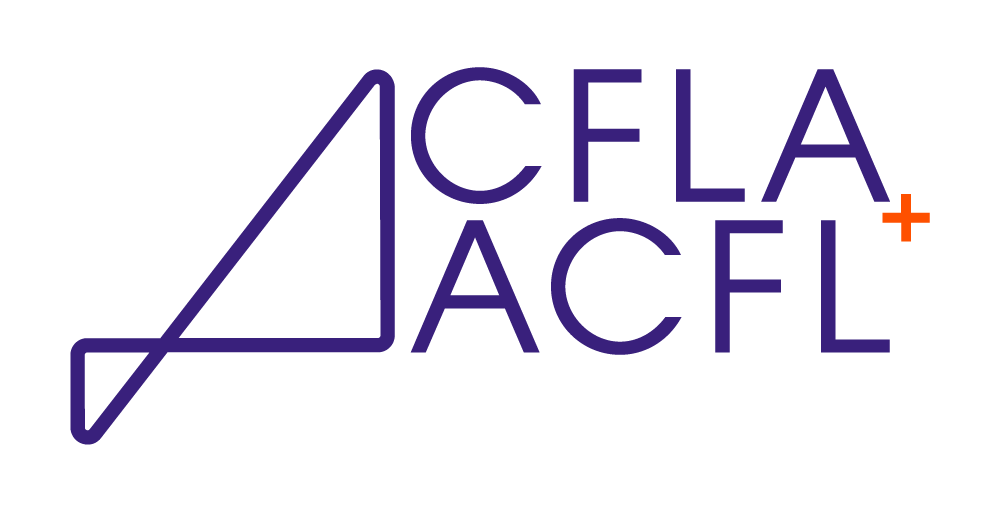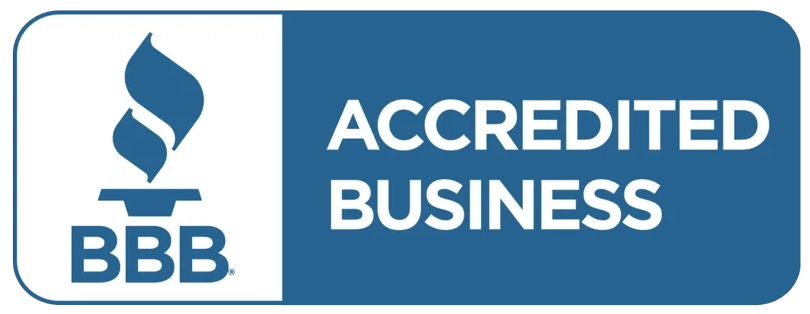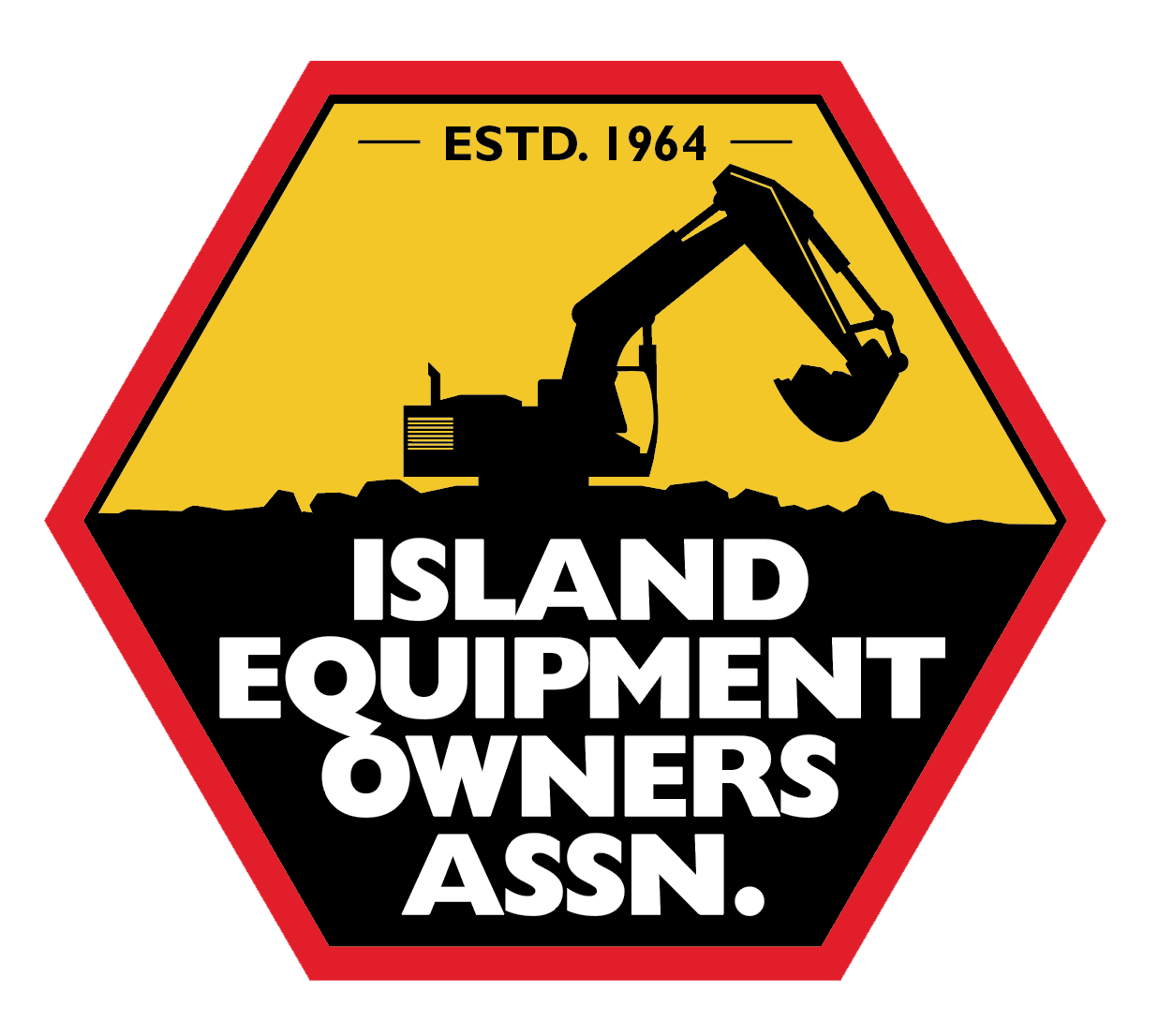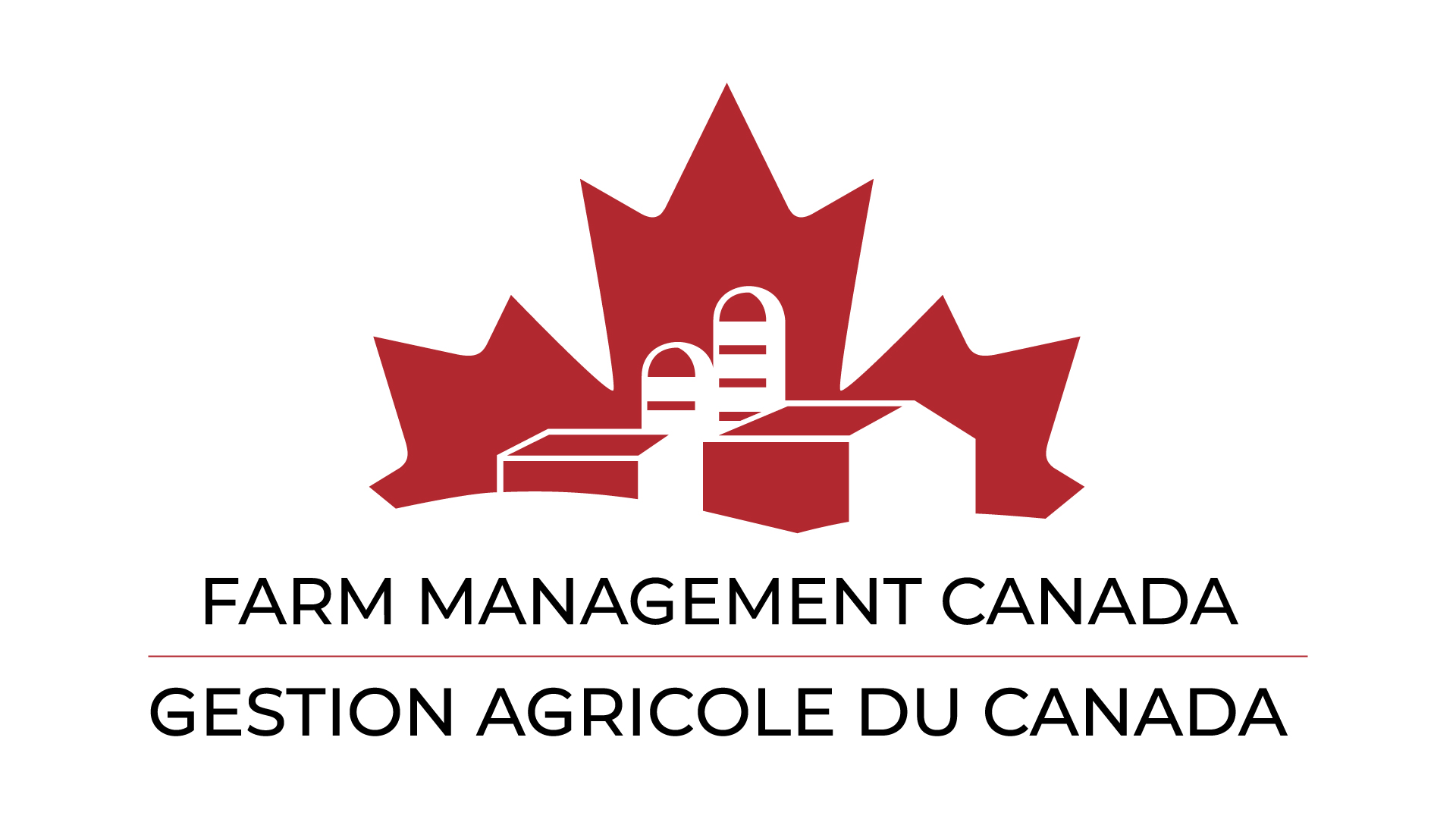In today’s competitive Canadian economy, businesses must make strategic financial decisions to stay ahead. When it comes to acquiring essential assets such as trucks, machinery, or construction equipment, two common options are available: equipment leasing and equipment financing. Understanding the differences between these two approaches is critical to choosing the right fit for your business goals, cash flow, and growth plans.
This comprehensive guide explores the ins and outs of equipment leasing in Canada versus equipment financing in Canada, helping you determine the best path forward, whether you’re managing a startup or scaling an established enterprise.
What Is Equipment Leasing in Canada?
Equipment leasing is essentially a rental agreement. In this arrangement, your business rents the equipment for a specific period while the leasing company retains ownership. At the end of the lease term, you may have options to purchase the equipment, renew the lease, or return it.
Types of Equipment Leases
- Operating Lease: This short-term lease doesn’t appear on your balance sheet, and the equipment is returned at the end.
- Capital Lease: A long-term lease with the option to buy the equipment at the end. It may be considered a purchase for accounting purposes.
Benefits of Heavy Equipment Leasing in Canada
- Lower upfront costs and better cash flow management
- Flexibility to upgrade to newer equipment
- Tax-deductible lease payments
- Useful for fast-depreciating assets
Industries that benefit from leasing include
- Construction (e.g., construction equipment leasing in Canada)
- Transportation and logistics
- Manufacturing
- Agriculture
What Is Equipment Financing in Canada?
Equipment financing involves taking out a loan to purchase equipment. Your business owns the asset from day one, while repaying the lender over time with interest.
How It Works
- A lender provides the funds to purchase the equipment
- You repay the loan in installments over a fixed term
- Once paid off, you own the equipment outright
Advantages of Equipment Financing
- Ownership of the asset
- Potential tax benefits through depreciation
- Builds equity in your equipment
- It may be easier to secure if you have strong financials
Commonly financed assets
- Construction machinery
- Commercial vehicles
- Manufacturing systems
- Office technology
Equipment Leasing vs. Equipment Financing: A Comparison
Feature |
Equipment Leasing |
Equipment Financing |
| Ownership | The lessor owns the equipment | Borrower owns the equipment |
| Upfront Costs | Low | Moderate to high (depending on down payment) |
| Balance Sheet Impact | Off-balance sheet (in operating leases) | Assets and liabilities are recorded |
| Maintenance Responsibility | Lessor (sometimes) | Borrower |
| End-of-Term Options | Return, renew, or buy | You own the asset |
| Flexibility | High | Medium |
| Long-Term Cost | Potentially higher | Lower overall cost |
How to Decide Between Leasing and Financing
Your choice between leasing and financing will depend on several key factors:
- Cash Flow
- If your business has limited working capital or prefers preserving cash, leasing might be more appealing.
- Usage Period
- For short-term needs or fast-depreciating assets, leasing is typically better.
- For long-term or permanent equipment needs, financing may be more cost-effective.
- Tax Strategy
- Leasing payments may be 100% deductible as a business expense.
- With financing, you may deduct interest and depreciation.
- Balance Sheet Goals
- Leasing may help improve financial ratios by keeping liabilities off the books.
- Financing adds to liabilities but increases your asset base.
- Technology Lifecycle
- For tech that becomes obsolete quickly, leasing offers flexibility to upgrade.
Real-World Example: Construction Equipment Acquisition
Let’s say your construction business needs a new excavator. You’re evaluating options for construction equipment leasing in Canada versus financing.
- Leasing Scenario: You lease the excavator for 36 months with monthly payments and an option to buy at the end. You preserve cash for other projects and claim the lease as a business expense.
- Financing Scenario: You finance the purchase with a 20% down payment. You own the excavator and claim capital cost allowance (CCA) for tax purposes.
Which is better? If the excavator is core to your operation and you plan to use it for 10+ years, financing might be the better investment. If it’s a short-term contract job, leasing offers lower risk and more flexibility.
Pros and Cons Summary
Leasing Pros:
- Preserves working capital
- Lower monthly payments
- Easy to upgrade equipment
Leasing Cons:
- No ownership (unless you buy out)
- Potentially higher long-term costs
Financing Pros:
- You own the asset
- It may be cheaper over the long run
- Builds business equity
Financing Cons:
- Higher upfront costs
- Equipment depreciation risk
Tax Implications in Canada
The Canada Revenue Agency (CRA) allows both leasing and financing to offer tax advantages. For financing, you can claim CCA (Capital Cost Allowance). For leasing, you may deduct lease payments as an expense.
For more info, visit the CRA’s official guidelines on business expenses.
Final Thoughts: Which One Should You Choose?
There is no one-size-fits-all answer. Both equipment leasing in Canada and equipment financing in Canada have their place depending on your business type, growth stage, cash flow, and equipment usage patterns.
The key is understanding your business objectives and working with a trusted advisor who can align financial solutions with your goals. Whether you’re looking for heavy equipment leasing in Canada, construction equipment leasing in Canada, or machinery leasing in Canada, the right funding strategy can propel your business forward.
About the Author
Kevin R. McIntyre of CanaWealth Capital Corp. has over three decades of corporate finance experience. He offers real-world insight and practical solutions to help entrepreneurs across Canada grow and succeed. Kevin can be reached at kevin@canawealth.ca.
Table of Contents
Related Posts
Applying for business financing can feel frustrating, especially when you are confident in your company’s [...]
As fall arrives, many Canadian companies in construction, agriculture, and transportation are making critical decisions [...]
Running a business in Canada means managing cash flow carefully. Even the most profitable companies [...]




